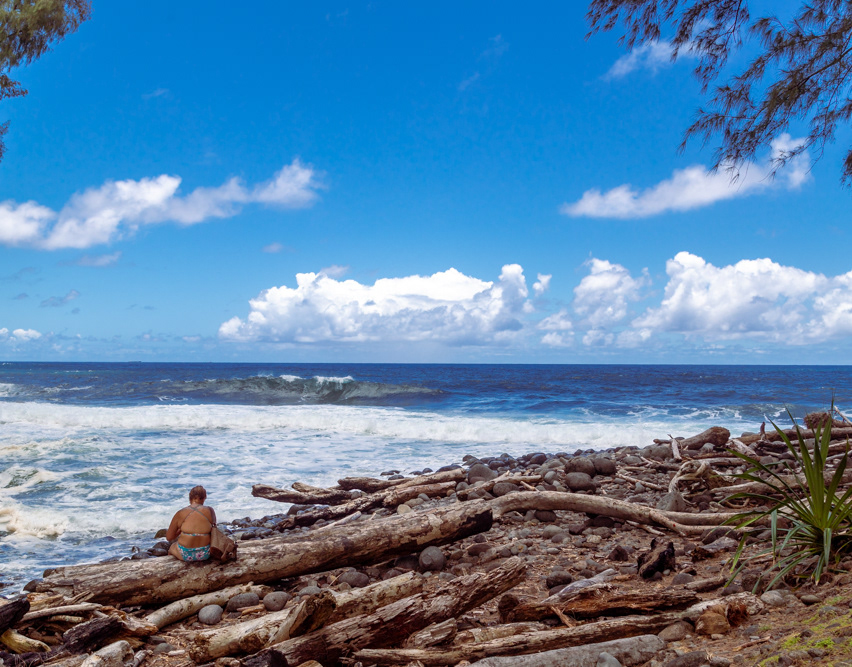The Okavango
I first learned about the Okavango delta in a documentary called Planet Earth. It aired in 2007 in the U.S. The first episode, Pole to Pole, did a segment on the delta. I was immediately entranced. Fifteen years later here we are at a tented camp called Nxabega. It’s a tent, yes, but please don’t think we’re roughing it. We are light years beyond my camping experiences in the woods of South Carolina while in Boy Scouts. Those tents had no bar, king bed, outdoor shower, indoor shower, deck overlooking the delta, or really anything that could be remotely categorized as a human comfort.






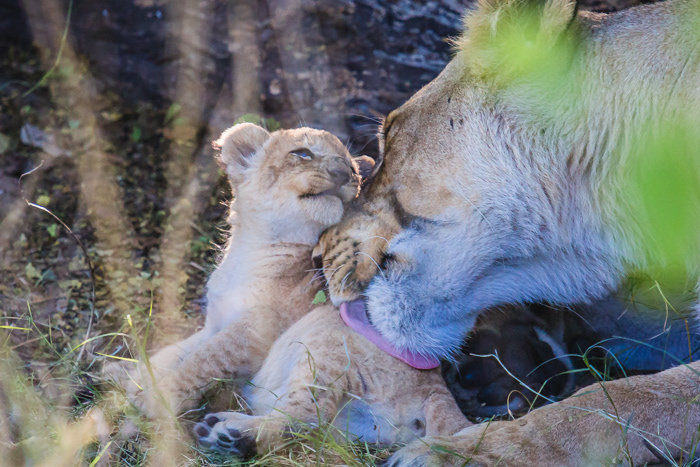







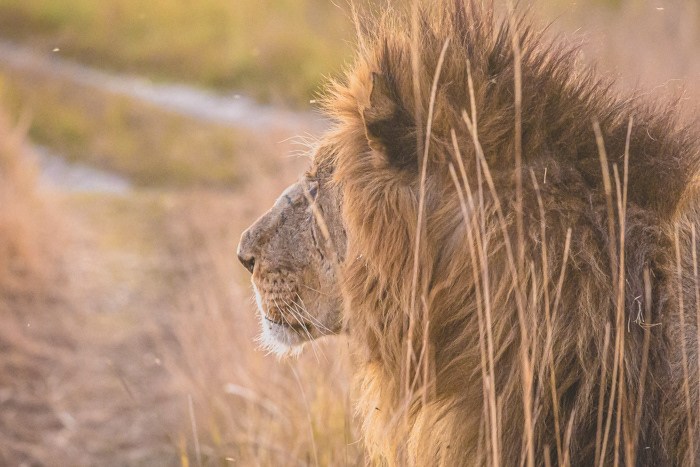




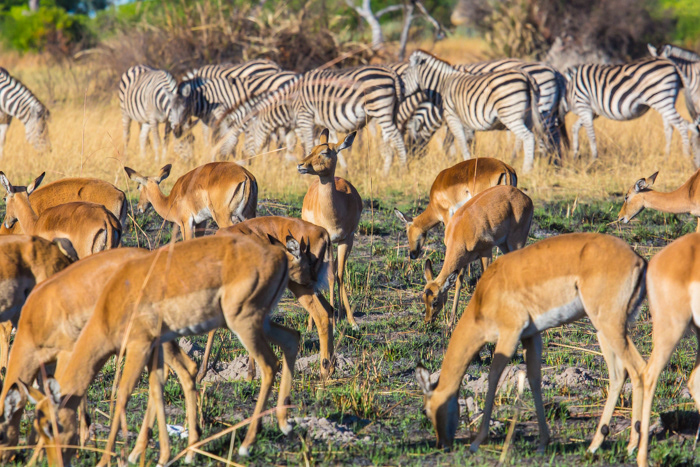





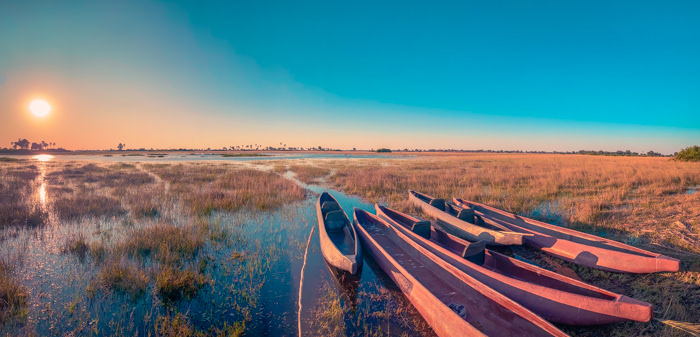
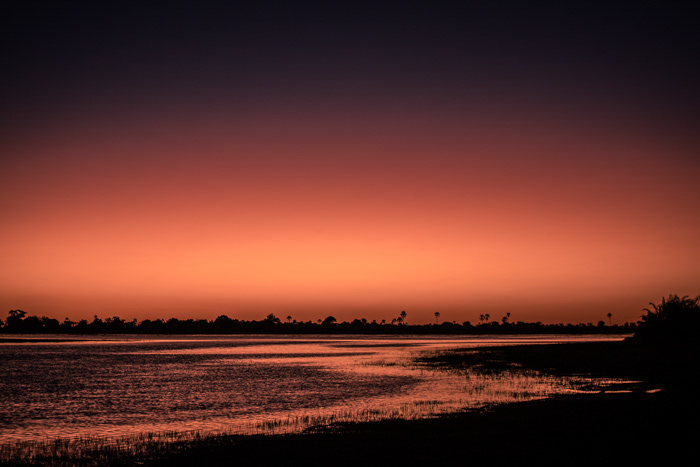



Most deltas, like the Mississippi River delta, come from large rivers that fan out as they approach the sea. Here it’s different. The water you see begins thousands of miles away as rain in Angola, to the north of Botswana. Moist sea air hits the mountains and condenses as it is pushed upward by the topography. This heavy, cool air falls as rain back to the ground. It takes 5 to 6 months for that water to flow down to Botswana, into what is known as an inland delta. This delta, unlike every other delta on Earth, does not flow into a sea or ocean. It is unique in all our planet. Plate tectonics are to blame, which makes this microclimate a temporary blip in the totality of Earth’s history. One day, the plates will shift and all this will end.
Visit soon.




